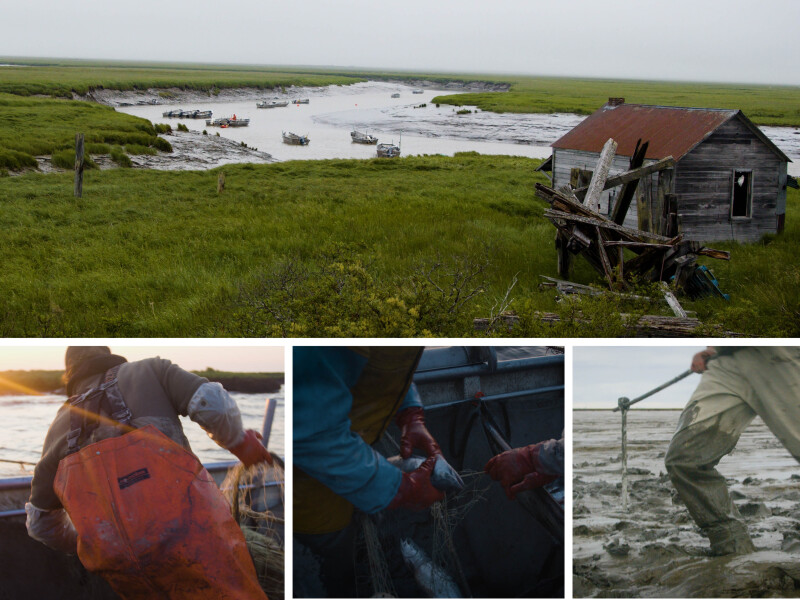At Graveyard Point, the line between work and passion blurs. Each year, over 120 fishermen from all walks of life venture to this abandoned 1920s cannery on Alaska’s rugged shores, driven by one shared goal: to harvest the world’s most prized wild sockeye salmon.
View this post on Instagram
A post shared by National Fisherman (@nationalfisherman)
"Graveyard” immerses viewers in a world where the spirit of the Wild West endures, revealing the challenges…

You've caught the limit!
Free membership gives you access to:
- Unrestricted access to all NationalFisherman.com articles.
- Receive in-depth reports and research on various topics related to the fishing industry.
- Up-to-date news updates from the fishing industry delivered directly to your inbox twice a week.







